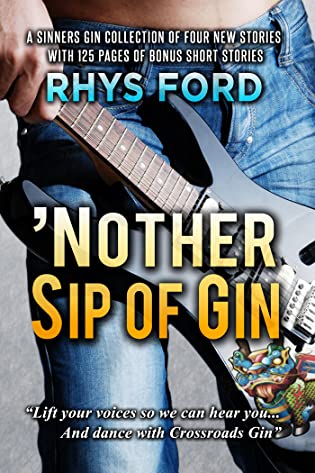 'Nother Sip of Gin
'Nother Sip of Gin by
Rhys Ford Format: eARC Source: author Formats available: ebook
Genres: contemporary romance,
M/M romance,
short stories Series: Sinners #7 Pages: 190
Published by Dreamspinner Press on August 18, 2020
Purchasing Info: Author's Website,
Publisher's Website,
Amazon,
Barnes & Noble,
Kobo Goodreads For Crossroads Gin rock stars Miki, Damien, Rafe, and Forest, life is a Möbius strip of music, mayhem, and murder. Through it all, the sweet, hot moments between tours with lovers, friends, and family keep them sane, healthy, and happy.
This Sinners collection features short stories spanning the entire series, from before the first note to after the lights go out.
['Nother Sip of Gin features bonus shorts finally together in one volume as well as four new Sinners Gin stories, combining classic foundational pieces with newly written material.]
My Review:
This collection is lagniappe for lovers of the Sinners series. It’s a little gift that we had no reason to expect, but are oh so happy to receive. And it’s absolutely yummy from beginning to end.
Some are even brand new, which makes it an even bigger present. The stories are certainly new to me and I’m thrilled to have them all together. Of course, new and old, they are all great stories.
This is a collection of little slices of life of the members of Crossroads Gin and the men who love them. They are interstices. Places between. Things that take place before, between and after the books in the series, or in one truly memorable case, right alongside.
The stories also contain hints of Rhys’ other series. Not deep dives into their past or present, but just enough to make a regular reader of her work realize that many of her contemporary series take place in the same world. Enough to tease but not enough to torment.
Still, this is definitely a collection for the fans. Because we care about these characters, and have missed them now that their story seems to be over and they have all managed, by hook, by crook and mostly by miracle, to have found their happily ever afters.
 For those of us who have followed the series, this is a visit with old friends, sitting around, swapping stories. Except that they have all the best stories and we’re just listening in.
For those of us who have followed the series, this is a visit with old friends, sitting around, swapping stories. Except that they have all the best stories and we’re just listening in.
As great as it is – and it is terrific – to glimpse a bit of Miki and Damien before they became famous, or to peek into Miki and Kane’s happy ever after, My favorite story in the book, hands and paws down, is Hair of the Dog. Because Dude, the dog who adopted Miki just before the series opens, tells the entire story of the first book, Sinner’s Gin, from his rather unique perspective. After all, Dude is the one responsible for bringing Miki and Kane together, and he has a lot to say about how it happened. He’s also one smart and savvy dog.
Escape Rating A: Lovers of this series are going to be all in for this collection. We’ll all probably have our own favorites, but the whole of it is just a great time. If you’re not already a fan of the series, this is not the place to start. Start with Sinner’s Gin and get swallowed up by the lost band and the found family that forms the backbone of the series. It’s a marvelous wild ride from beginning to end!
Guest Post from Rhys + Sinner’s Calling
Never thought I’d be back on the road with these guys again but … here we are. And nothing makes me happier than to take to the pages with the Sinner Boys all over again. ’Nother Sip of Gin came from a friend asking me if I’d ever consider pulling together some of the blog spots I’d done into a book they could read on their Kindle. I’ve held that possibility in my head for a while and then I got the time and space to pull not only the foundational stories I’d already shared but a few brand new stories I’ve always wanted to explore, short bits of emotions and life moments I’ve enjoyed pulling together. I’ve included long stories like Hair of the Dog and a few others because well, they were fun to write in the past but also provided a solid base for so much of the Sinners lore.
For this blog tour I wanted to take a bit of time to talk about five lyric snippets and how they connect to the characters as well as the meaning behind a few of them. It was great to go through the anthology and once again visit with the guys. I’ll be writing a novella about Connor and Forest in the near future so this trip down memory lane has been a great revisit with old friends, reacquainting me with their voices, quibbles, and most of all, their lives.

Bled onto my hand,
Shoved his fist into mine
Stood tall against anyone
Who’d break through our line
No matter what they do
No matter what they say
Death’s already tried to part us
And we’ve already made him pay
So lift a glass to the Sinners
Lift a glass of cheap ass gin
Put your lips on the Gates of Heaven
‘Cause we’re taking you to sin.
Sinners’ Calling

I’m actually going to end this blog tour where everything started — Damien and Miki.
When I first envisioned the series, I started with the image in my head of a shattered, broken-down musician who was angry at the world. The prologue to the series came to me before any of the details or other characters in Sinners Gin. I knew what Sinjun lost before Kane ever knocked on his door. I knew somewhere out in the universe was a soul that balanced out my complicated, slightly antisocial warrior-poet. This person would be his equal in musicianship but his opposite in personality. In a lot of ways, it was imperative to take away Miki’s balance, his dependence on one person he held in his heart in order for him to understand there was room there for someone else.
Dude was pretty much training wheels for Miki and his growing trust in letting himself feel. Despite every denial of the dog belonging to him, Dude was an integral part of his life. The terrier became the reason for Miki to get up in the morning, to make sure there was food, and even to make sure there was some play time. His world had become cloaked shadows and he could no longer sense the sand slipping away through the hourglass. Dude became a marker of time as well as a portal back to an engagement in life for Miki.
He also became an important piece of Miki’s heart he was willing to defend when a blue-eyed Irish cop pounded on his front door.
I also imagined Damien to be much more charismatic and kind of the salesman in a way. He is a driving force behind the band, as much of a part of its engine as Miki with a clear vision of where he wants to be. What I’ve never had the chance to explore and really it’s a pretentious luxury to do so, is simply writing about the two of them being together for no purpose other than being together. That brotherhood is really what I wanted to capture because I wanted to show two men who have a deep connection but weren’t blood related. They have fought — and probably will continue to fight — about big things and little things but their love for one another is unwavering. There never should have been a moment when the reader would wonder if one of them would walk away. That was very crucial.
In a lot of ways, Miki’s relationship with Damien and how they communicated helped forge his relationship with Kane. For all of his lack of social skills, Miki is able to love fiercely and understand compromise and open discourse is truly the only way to have a relationship. He knows you don’t purposely hurt the people closest to you and in a world where too many people believe just because someone loves them gives them the freedom to be sarcastic or mean because they believe they’ll be forgiven, Miki’s foundational understanding about taking care of the other person’s emotional health makes it easier for him to deal with all the conflicts he and Kane have to face.
With Damien woven so deeply into Miki’s psyche, I knew I needed to write Sinners Gin in such a way that the reader could feel the pain of Miki’s loss but without the specter of Damien standing between Miki and Kane. I think in some way Miki’s anger waking up alone in a hospital, having lost everything in his life but his body, made it easier to develop his relationship with Kane. In no way did his growing affection minimize his love for Damien who was his brother and Kane, having brothers himself, clearly understood the significance of Damie in Miki’s life. Without Damien, Miki probably would’ve never discovered music and his innate talents to create it. He never would’ve had the subspace of being on stage, unfurling the part of himself he kept very down deep inside of him, that slinky sensual creature who loved to dance in the lights and growl around words he found in his soul. So no matter what Kane thought of Damien, he understood how important he was to Miki.
And of all the scenes that I’ve ever written, I will readily admit the one where Damien and Miki find each other again — in the middle of a noisy Morgan kitchen — was one of the hardest emotion-filled silences I’ve ever had craft. It was a delicate balance of disbelief, hope, and reignited love to capture in words and I wasn’t sure if I would ever be able to communicate that caught-on-the-edge-of-the-universe breathlessness they both shared.
You see, for Miki and Damien… they weren’t in that kitchen. They were nowhere near the Morgan household. The men they loved were not nearby. In that moment, it was the early morning hours in a misty Chinatown alleyway, the air carrying the smell of spicy noodles with a metallic hint of iron flakes from an aging fire escape. Between them, the fading notes of an old Janis Joplin song and Damien had just discovered a broken-winged angel waiting for him outside of a failed gig.
That’s what this song is about. Hell, that’s what this whole series is about and no matter where they go, it will always have each other — Miki and Damien are as eternal as the stars just like the love they have for the men they found along the way.
Follow the ‘Nother Sip of Gin Tour for more lyrics and more giveaways!
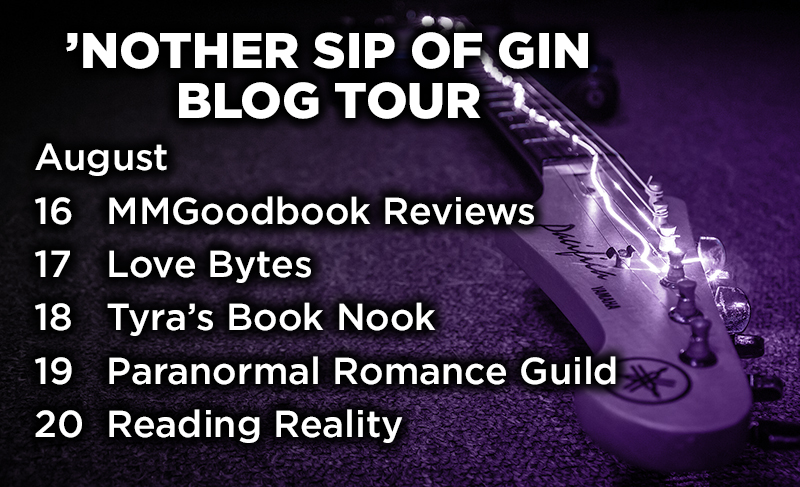
About Rhys Ford
 Rhys Ford is an award-winning author with several long-running LGBT+ mystery, thriller, paranormal, and urban fantasy series and is a two-time LAMBDA finalist with her Murder and Mayhem novels. She is also a 2017 Gold and Silver Medal winner in the Florida Authors and Publishers President’s Book Awards for her novels Ink and Shadows and Hanging the Stars. She is published by Dreamspinner Press and DSP Publications.
Rhys Ford is an award-winning author with several long-running LGBT+ mystery, thriller, paranormal, and urban fantasy series and is a two-time LAMBDA finalist with her Murder and Mayhem novels. She is also a 2017 Gold and Silver Medal winner in the Florida Authors and Publishers President’s Book Awards for her novels Ink and Shadows and Hanging the Stars. She is published by Dreamspinner Press and DSP Publications.
She’s also quite skeptical about bios without a dash of something personal and really, who doesn’t mention their cats, dog and cars in a bio? She shares the house with Harley, a grey tuxedo with a flower on her face, Badger, a disgruntled alley cat who isn’t sure living inside is a step up the social ladder as well as a ginger cairn terrorist named Gus. Rhys is also enslaved to the upkeep of a 1979 Pontiac Firebird and enjoys murdering make-believe people.
Rhys can be found at the following locations:
Blog: www.rhysford.com
Facebook: www.facebook.com/rhys.ford.author
Facebook Group: Coffee, Cats, and Murder: https://www.facebook.com/groups/635660536617002/
Twitter: @Rhys_Ford
And as usual, there is a giveaway! Please enter to win a $20 gift certificate to the etailer of your choice and be sure to hit up every blog stop to enter every giveaway! Never say no to books. grins
a Rafflecopter giveaway
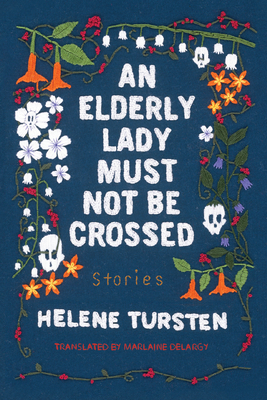 An Elderly Lady Must Not Be Crossed by Helene Tursten, Marlaine Delargy
An Elderly Lady Must Not Be Crossed by Helene Tursten, Marlaine Delargy 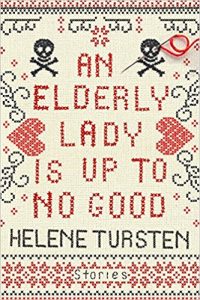 Escape Rating A-: As with the previous book, Maud’s adventures are short but not exactly sweet. How could they be when Maud’s tried-and-true method of solving problems is to eliminate the cause of the problem – permanently.
Escape Rating A-: As with the previous book, Maud’s adventures are short but not exactly sweet. How could they be when Maud’s tried-and-true method of solving problems is to eliminate the cause of the problem – permanently.
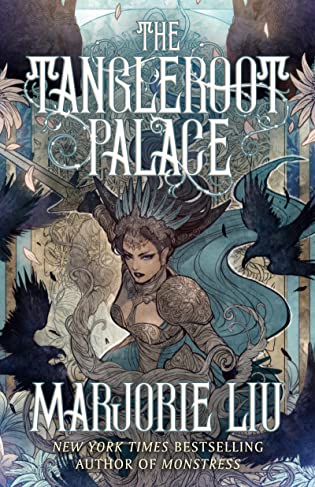 The Tangleroot Palace: Stories by
The Tangleroot Palace: Stories by 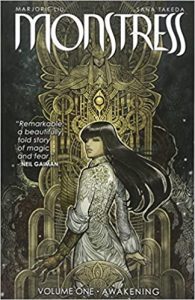 I picked this up not for her multiple award-winning
I picked this up not for her multiple award-winning 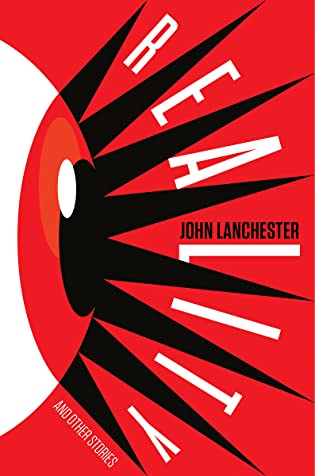 Reality and Other Stories by
Reality and Other Stories by 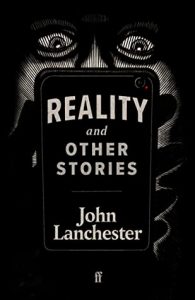 I think that a lot of people are going to find “Cold Call” really chilling, but I got annoyed with it, or with the actions of the characters in it, at the very beginning and just couldn’t stick with it. “Which of These Would You Like?” didn’t have enough setup or enough detail to work for me. It’s weird rather than horrifying and there just wasn’t enough there, there.
I think that a lot of people are going to find “Cold Call” really chilling, but I got annoyed with it, or with the actions of the characters in it, at the very beginning and just couldn’t stick with it. “Which of These Would You Like?” didn’t have enough setup or enough detail to work for me. It’s weird rather than horrifying and there just wasn’t enough there, there.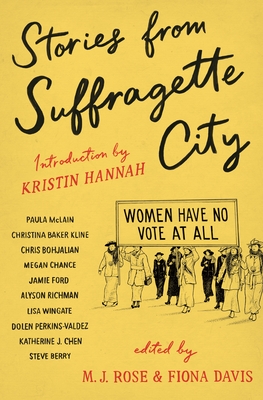 Stories from Suffragette City by
Stories from Suffragette City by 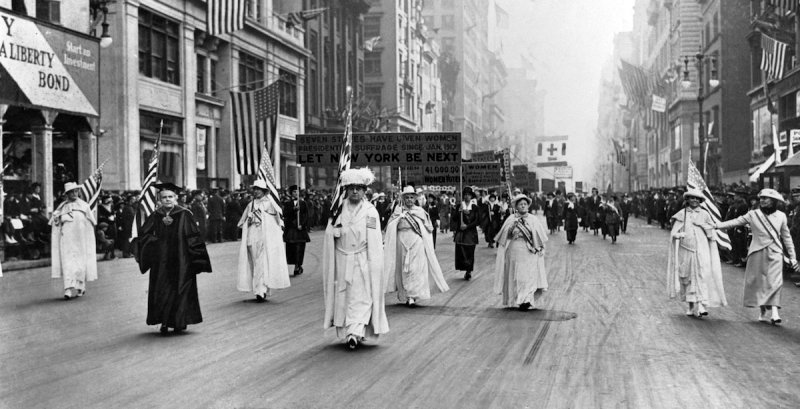
 'Nother Sip of Gin by
'Nother Sip of Gin by  For those of us who have followed the series, this is a visit with old friends, sitting around, swapping stories. Except that they have all the best stories and we’re just listening in.
For those of us who have followed the series, this is a visit with old friends, sitting around, swapping stories. Except that they have all the best stories and we’re just listening in.


 Rhys Ford is an award-winning author with several long-running LGBT+ mystery, thriller, paranormal, and urban fantasy series and is a two-time LAMBDA finalist with her Murder and Mayhem novels. She is also a 2017 Gold and Silver Medal winner in the Florida Authors and Publishers President’s Book Awards for her novels Ink and Shadows and Hanging the Stars. She is published by Dreamspinner Press and DSP Publications.
Rhys Ford is an award-winning author with several long-running LGBT+ mystery, thriller, paranormal, and urban fantasy series and is a two-time LAMBDA finalist with her Murder and Mayhem novels. She is also a 2017 Gold and Silver Medal winner in the Florida Authors and Publishers President’s Book Awards for her novels Ink and Shadows and Hanging the Stars. She is published by Dreamspinner Press and DSP Publications.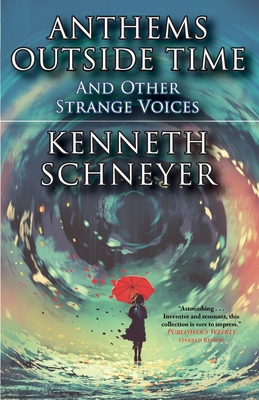 Anthems Outside Time and Other Strange Voices by
Anthems Outside Time and Other Strange Voices by  The stories in this collection, those Anthems Outside Time, are not fluffy bunnies. Most of them come from the darker corners of the imagination, and all of them are compellingly readable.
The stories in this collection, those Anthems Outside Time, are not fluffy bunnies. Most of them come from the darker corners of the imagination, and all of them are compellingly readable. The Eagle Has Landed: 50 Years of Lunar Science Fiction by
The Eagle Has Landed: 50 Years of Lunar Science Fiction by 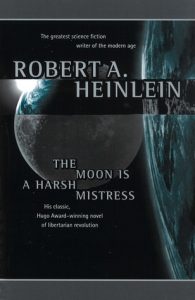 Another possibility thrown out was that Heinlein’s classic, and at the time relatively recent
Another possibility thrown out was that Heinlein’s classic, and at the time relatively recent 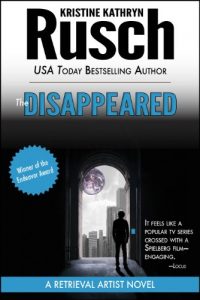 I loved SeniorSource because it reminded me so much of the author’s
I loved SeniorSource because it reminded me so much of the author’s 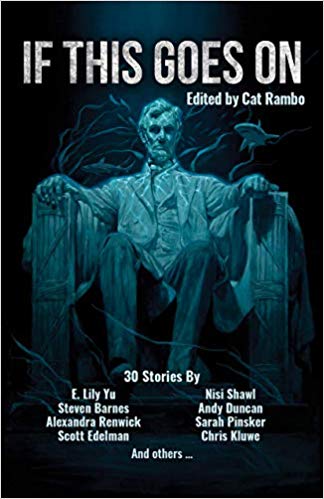 If This Goes On by
If This Goes On by 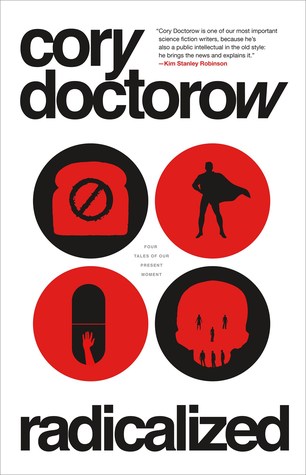 Radicalized by
Radicalized by 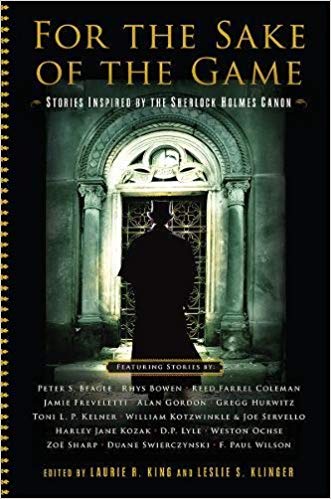 For the Sake of the Game: Stories Inspired by the Sherlock Holmes Canon by
For the Sake of the Game: Stories Inspired by the Sherlock Holmes Canon by  Welcome to my review of the biennual collection of Sherlock Holmes-inspired stories edited by Laurie R. King and Leslie S. Klinger. This is an every two years treat, as evidenced by my reviews of the previous collections in this quasi-series,
Welcome to my review of the biennual collection of Sherlock Holmes-inspired stories edited by Laurie R. King and Leslie S. Klinger. This is an every two years treat, as evidenced by my reviews of the previous collections in this quasi-series,  Escape Rating B+: Overall I enjoyed this collection. There were a couple of stories that just weren’t quite my cuppa, and one or two where it felt like they were a bit too far off the Holmesian tangent to be in this collection.
Escape Rating B+: Overall I enjoyed this collection. There were a couple of stories that just weren’t quite my cuppa, and one or two where it felt like they were a bit too far off the Holmesian tangent to be in this collection.